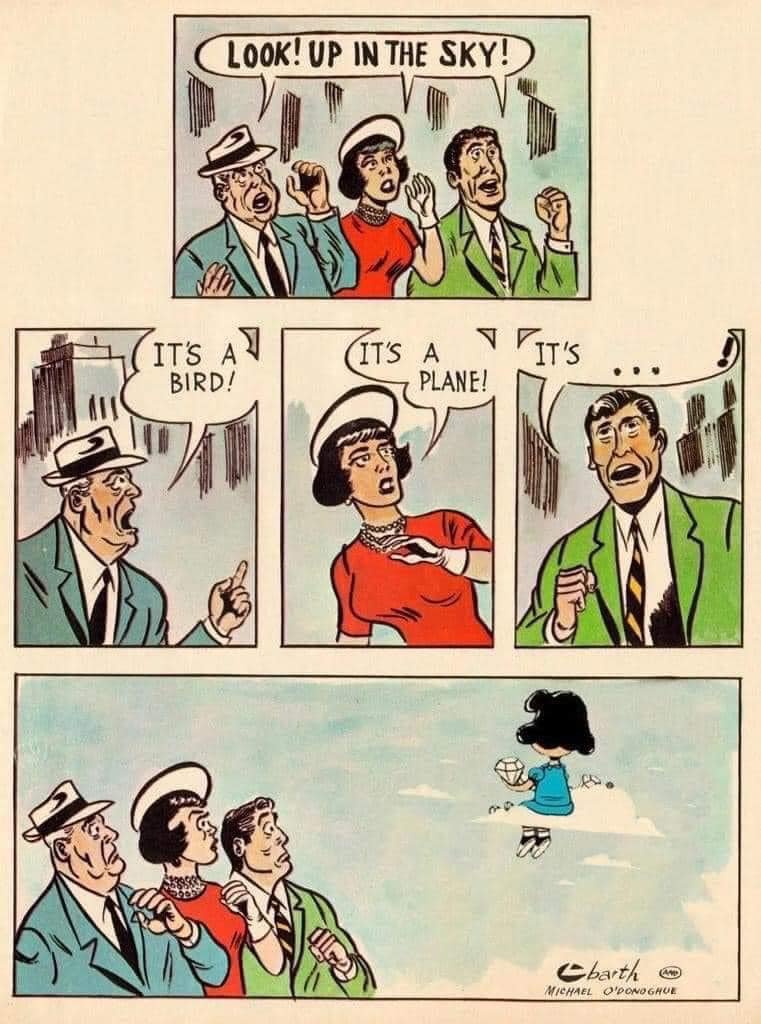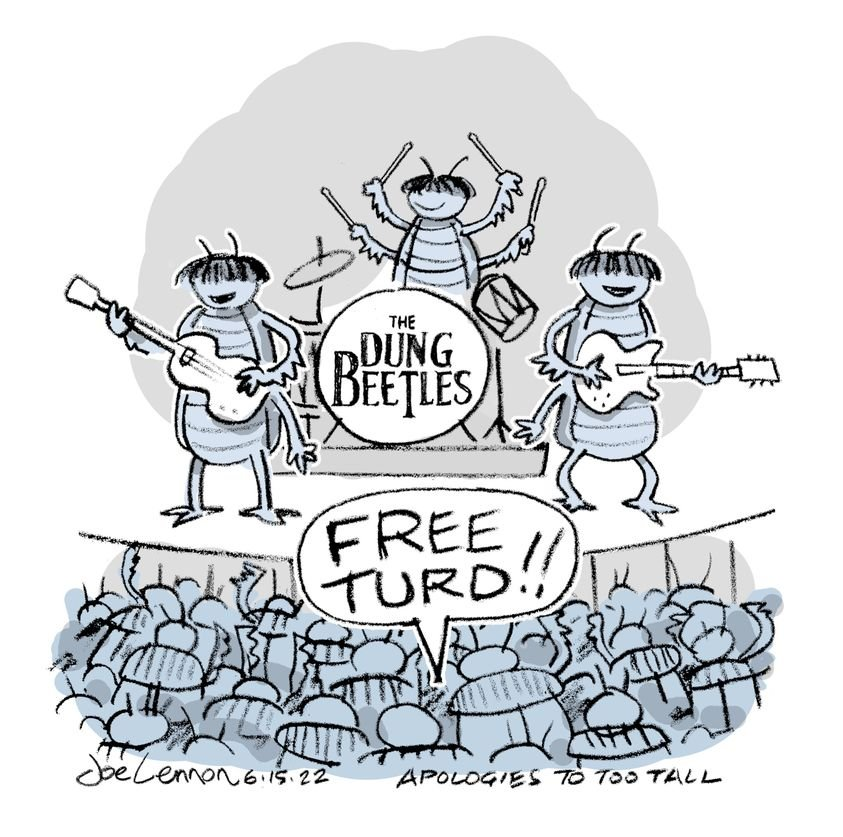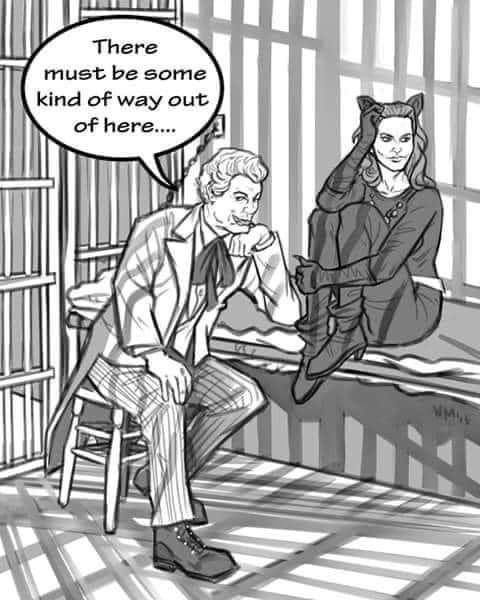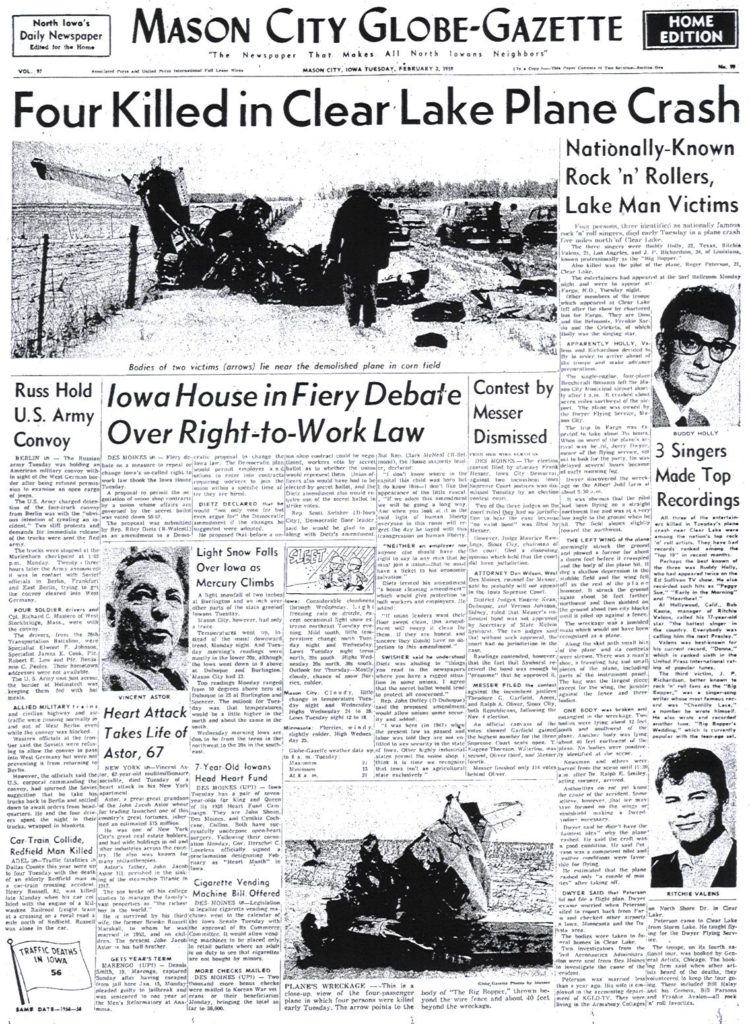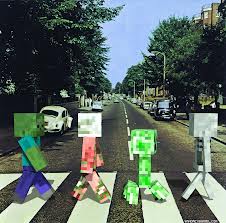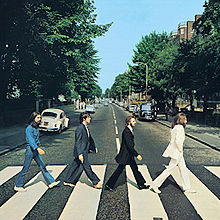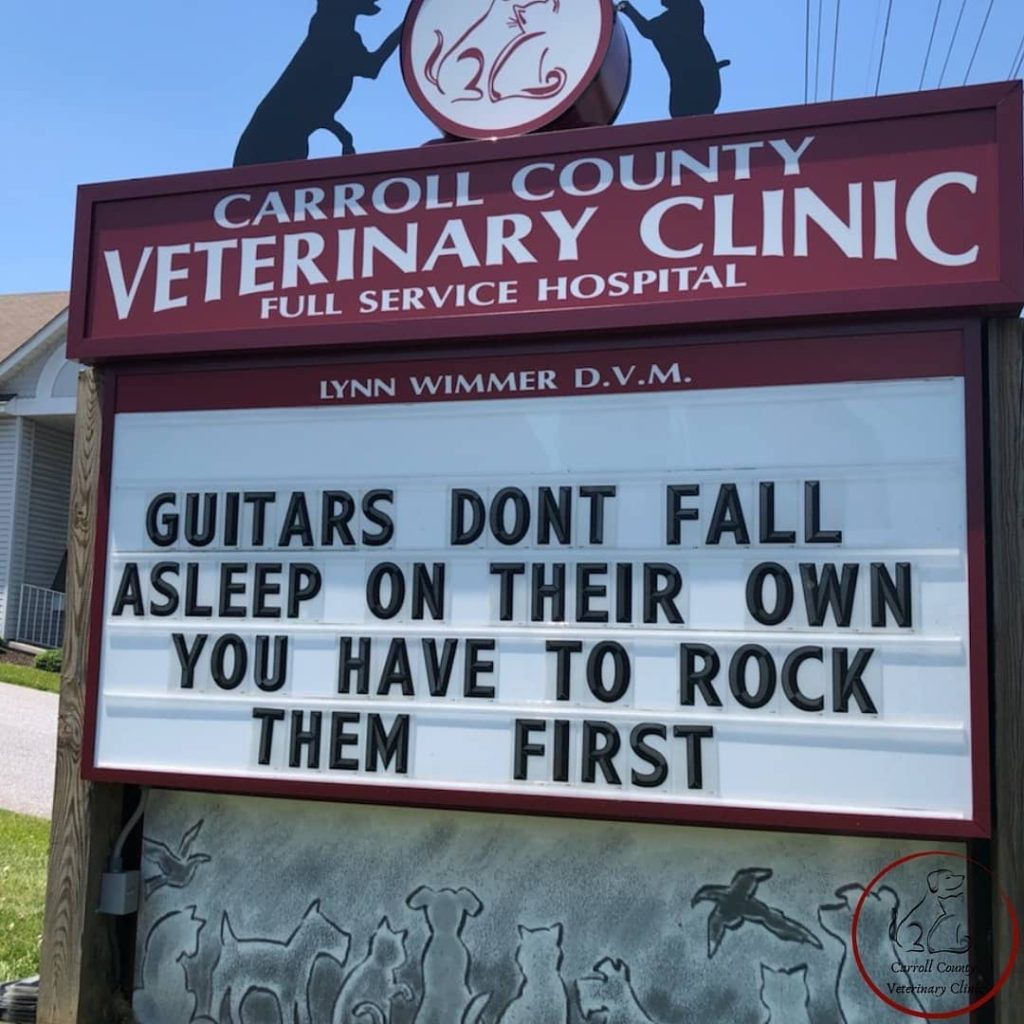- Andy
- Beef on Weck
- Being a Mother
- Chili Cook-off
- Communication (Gazebo)
- Daddy
- Everyone has an Angel
- Family
- Gonna be a Bear
- Harrison Bergeron
- Mute and Alone
- Privacy Policy
- Rikki-tikki-tavi
- Scientists Study Grizzly Bears
- Ship vs. Lighthouse
- Snowvember (Buffalo 2014)
- Somebody…
- The Present
- The Soldier
- The Star
- Winter
- 11foot8.com
- 365 Tomorrows
- 7 into 28
- A Tale of Two Brains
- Alien to Covenant – History of Alien
- Am I Unique
- AMARC
- American Muscle Car Museum
- Andre Rieu
- Antipodes Map
- Ark in Space
- Azure Status
- Blizzard of '77
- Broken Chains
- CDC – Flu
- Christmas Forever AZ
- Coldest City on Earth
- Creations for Charity (Lego)
- Cruise.com
- Curb Watching
- D&D Beyond
- D&D Beyond to FG Character Converter
- Daily Fuel Gauge Report
- Dinosaur Earth
- DMs Guild
- Dofo
- Dr. Demento
- DriveThru RPG
- Dungeon in a Box
- Dyson’s Dodecahedron
- Fantasy Name Generator
- Farmer's Donkey
- Fast Character
- Flixable
- Gaming Table
- Genius
- Geo Guesser!
- Hack The Menu
- Hackers for Charity
- Hadzy
- Have I been Pwned
- HexRoll
- How to remove a tick (properly)
- Identity Theft Resource Center
- Leak Lookup
- Line Rider – Hall of the Mountain King
- Make My Drive Fun
- Mapologies
- Marine Traffic
- MathPapa
- MechWarrior Online
- Medieval Murder Maps
- Meteor Shower Calendar
- Mini Building Materials
- Monterey Bay Aquarium
- MyAbandonware
- Nah! I just might be in there!
- National Do Not Call Registry
- No More Ransom
- NOAA – Louisville
- Nobody Live
- Norse Cyber Attack Map
- OCEARCH.org
- Omega Game Shrine
- Out of the Woods Forestry
- Overt
- PC Gaming Wiki
- Percheron
- Periodic Stats
- Periodic Videos (TED)
- Permethin Fact Sheet
- Pigeon Key Foundation
- Project 44
- pTable
- Pumpkin Pile
- Random Restaurant Generator
- Rankin/Bass – Wikipedia
- ReelGood
- RockAuto
- Roll20 Enhancement Suite
- Schimpff's
- Scuba Shooters
- Sinking of the Titanic
- Smoky Mountain Fall Foliage Map
- Speedsums
- SR-71 Speed Check
- Steam Status
- Still Tasty
- StreamSquid
- Sunken Ships of the Second World War
- Super Slice!
- Swedish Fish
- Taste Dive
- TBSP (TaBleSPoon)
- The Louvre
- The Oz Museum
- The Strong National Museum of Play
- They Can Talk
- This Beat Goes on/Switchin' to Glide
- Tick Removal (CDC)
- Trappistine Candy
- Vacation Rentals By Owner
- Vehicle Privacy Report
- VPNFilter Check
- War Puppets Rise to Heaven
- Weather Back Home
- WebGL Water
- Whalers on the Moon
- What's New on Netflix
- Who's On First
- Why are Jacks called Jacks?
- Wild Spirit
- Window Swap
- WKRP Turkey Drop
- Wordcount
- World's Hottest Chocolate Bar
- WWII Portraits of Honor
- April 2024
- March 2024
- February 2024
- January 2024
- December 2023
- November 2023
- October 2023
- September 2023
- August 2023
- July 2023
- June 2023
- May 2023
- April 2023
- March 2023
- February 2023
- January 2023
- December 2022
- November 2022
- October 2022
- September 2022
- August 2022
- July 2022
- June 2022
- May 2022
- April 2022
- March 2022
- February 2022
- January 2022
- December 2021
- November 2021
- October 2021
- September 2021
- August 2021
- July 2021
- June 2021
- May 2021
- April 2021
- March 2021
- February 2021
- January 2021
- December 2020
- November 2020
- October 2020
- September 2020
- August 2020
- July 2020
- June 2020
- May 2020
- April 2020
- March 2020
- February 2020
- January 2020
- December 2019
- November 2019
- October 2019
- September 2019
- August 2019
- July 2019
- June 2019
- May 2019
- April 2019
- March 2019
- February 2019
- January 2019
- December 2018
- November 2018
- October 2018
- September 2018
- August 2018
- July 2018
- June 2018
- May 2018
- April 2018
- March 2018
- February 2018
- January 2018
- December 2017
- November 2017
- October 2017
- September 2017
- August 2017
- July 2017
- June 2017
- May 2017
- April 2017
- March 2017
- February 2017
- January 2017
- December 2016
- November 2016
- October 2016
- September 2016
- August 2016
- July 2016
- June 2016
- May 2016
- April 2016
- March 2016
- February 2016
- January 2016
- December 2015
- November 2015
- October 2015
- September 2015
- August 2015
- July 2015
- June 2015
- May 2015
- April 2015
- March 2015
- February 2015
- January 2015
- December 2014
- November 2014
- October 2014
- September 2014
- August 2014
- July 2014
- June 2014
- May 2014
- April 2014
- March 2014
- February 2014
- January 2014
- December 2013
- November 2013
- October 2013
- September 2013
- August 2013
- July 2013
- June 2013
- May 2013
- April 2013
- March 2013
- February 2013
- January 2013
- December 2012
- November 2012
- October 2012
- September 2012
- August 2012
- July 2012
- June 2012
- May 2012
- April 2012
- March 2012
- February 2012
- January 2012
- December 2011
- November 2011
- October 2011
- September 2011
- August 2011
- July 2011
- June 2011
- May 2011
- April 2011
Category Archives: Music
Happy Birthday, Geddy Lee
Posted in Because I Can, Music
Happy Birthday, Kris Kristofferson
Kristoffer “Kris” Kristofferson is an influential American country music songwriter, singer and actor. He is best known for hits such as “Me and Bobby McGee”, “Sunday Mornin’ Comin’ Down”, and “Help Me Make It Through the Night”.
Posted in Music, The Big Screen
C.W. McCall is on the side. He’s gone bye bye.
C.W. McCall, the Omaha, Nebraska adman who jumped to country music stardom with 1976’s “Convoy“, died yesterday at the age of 93 after battling cancer.
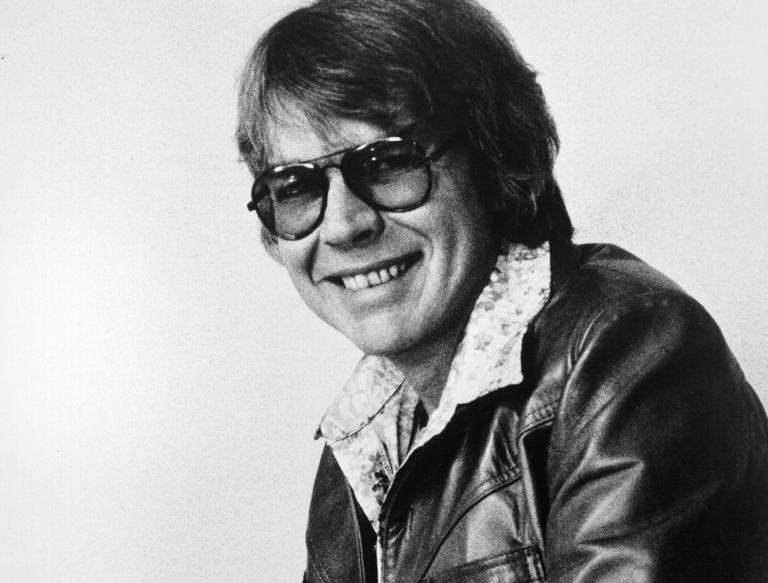
“Breaker one-nine, this here’s the Rubber Duck” introduced America to CB Jargon in the mainstream. Selling more than 2 million copies, and inspiring a 1978 movie of the same name starring Kris Kristofferson, would bring “10-4, good buddy” and many more into America’s lexicon.
Born Nov. 15, 1928, in Audubon, Iowa, as William Dale Fries Jr., Fries created the character of C.W. McCall in 1974 while working at an Omaha ad agency. The goal then wasn’t to record radio hits but to sell loaves of bread with country-sounding jingles.
“I wanted to name the truck driver something that would be easily remembered. A lot of the truckers wore initials on their shirts,” he told Milwaukee deejay Bob Barry. “We thought it was sort of a country-western sounding track, so that’s where the C.W. came from.”
The first commercial, “Old Home Filler-Up an’ Keep on a-Truckin’ Café,” proved so popular (it won a Clio Award) that Fries began to write a series of truck-driving songs with Chip Davis, who’d go on to form the neo-classical group Mannheim Steamroller. “Old Home Filler-Up an’ Keep on a-Truckin’ Café” appeared on McCall’s debut album, 1975’s Wolf Creek Pass. The title track hit Number 12 on the country charts and Fries — by now fully transformed into the character of C.W. McCall — set about recording the follow-up.
Black Bear Road arrived in September 1975 and its title track stalled at Number 24. But McCall released another song off the album: “Convoy.” The tale of a caravan of big-rig drivers led by “The Rubber Duck” caught the national consciousness with its vivid cross-country imagery and playful lingo — “Smokies” for the cops, “bear in the air” for a police chopper, “What’s your twenty?” for location, and, of course, “10-4” for “affirmative.” The track spent six weeks atop the country charts and hit No. 1 on the pop survey.
“This here’s the Rubber Duck on the side. We gone, ‘bye, ‘bye”
Posted in Because I Can, Events, Music, News, Planes Trains and Automobiles
The Day The Music Died
On February 3, 1959, rising American rock stars Buddy Holly, Ritchie Valens and J.P. “The Big Bopper” Richardson are killed when their chartered Beechcraft Bonanza plane crashes in Iowa a few minutes after takeoff from Mason City on a flight headed for Moorhead, Minnesota. Investigators blamed the crash on bad weather and pilot error. Holly and his band, the Crickets, had just scored a No. 1 hit with “That’ll Be the Day.”
After mechanical difficulties with the tour bus, Holly had chartered a plane for his band to fly between stops on the Winter Dance Party Tour. However, Richardson, who had the flu, convinced Holly’s band member Waylon Jennings to give up his seat, and Ritchie Valens won a coin toss for another seat on the plane.
Holly, born Charles Holley in Lubbock, Texas, and just 22 when he died, began singing country music with high school friends before switching to rock and roll after opening for various performers, including Elvis Presley. By the mid-1950s, Holly and his band had a regular radio show and toured internationally, playing hits like “Peggy Sue,” “Oh, Boy!,” “Maybe Baby” and “Early in the Morning.” Holly wrote all his own songs, many of which were released after his death and influenced such artists as Bob Dylan and Paul McCartney.
Another crash victim, J.P. “The Big Bopper” Richardson, 28, started out as a disk jockey in Texas and later began writing songs. Richardson’s most famous recording was the rockabilly “Chantilly Lace,” which made the Top 10. He developed a stage show based on his radio persona, “The Big Bopper.”
The third crash victim was Ritchie Valens, born Richard Valenzuela in a suburb of Los Angeles, who was only 17 when the plane went down but had already scored hits with “Come On, Let’s Go,” “Donna” and “La Bamba,” an upbeat number based on a traditional Mexican wedding song (though Valens barely spoke Spanish). In 1987, Valens’ life was portrayed in the movie La Bamba, and the title song, performed by Los Lobos, became a No. 1 hit. Valens was posthumously inducted into the Rock and Roll Hall of Fame in 2001.
Singer Don McLean memorialized Holly, Valens and Richardson in the 1972 No. 1 hit “American Pie,” which refers to February 3, 1959 as “the day the music died.”
Posted in Because I Can, Music
Elvis Presley
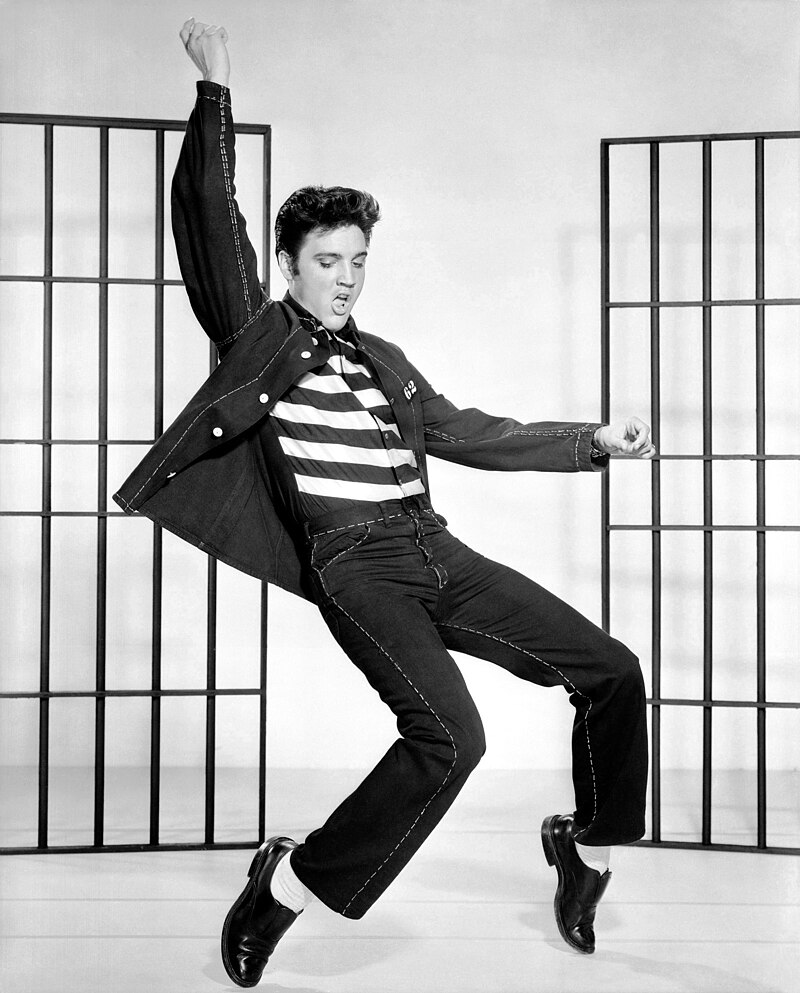
Elvis Aaron Presley (January 8, 1935 – August 16, 1977), also known mononymously as Elvis, was an American singer and actor. Regarded as one of the most significant cultural icons of the 20th century, he is often referred to as the “King of Rock and Roll” or simply “the King”.
Posted in Because I Can, Music, The Big Screen
Canadian Pacific Holiday Train
Posted in Because I Can, Events, Music, Planes Trains and Automobiles
Abbey Road
Abbey Road is the eleventh studio album by the English rock band the Beatles, released on September 26, 1969 in the United Kingdom and on October 1, 1969 in the United States. The recording sessions for the album were the last in which all four Beatles participated. Although Let It Be was the final album that the Beatles completed before the band’s dissolution in April 1970, most of that album had been recorded before the Abbey Road sessions began.
Posted in Because I Can, Music


